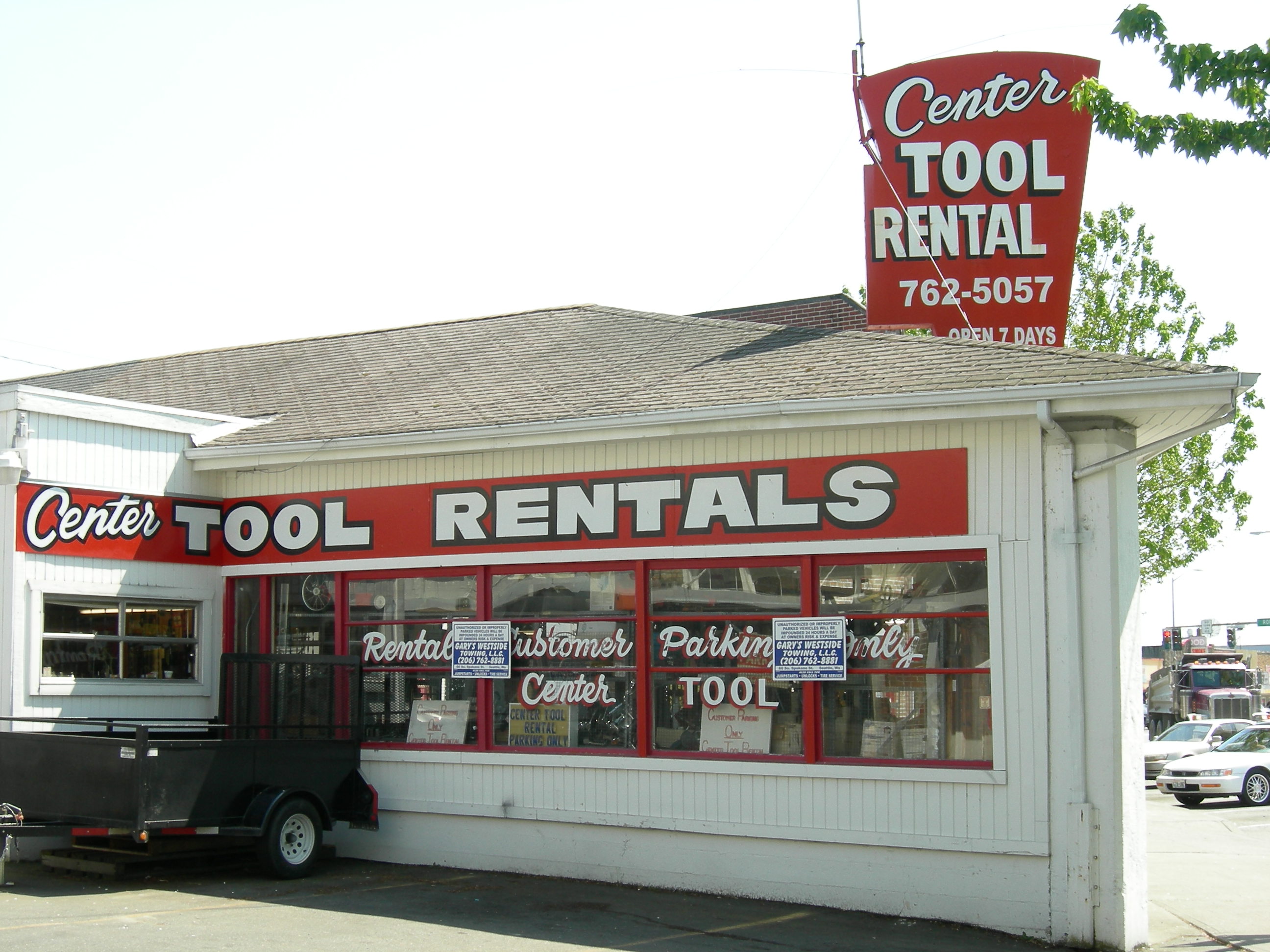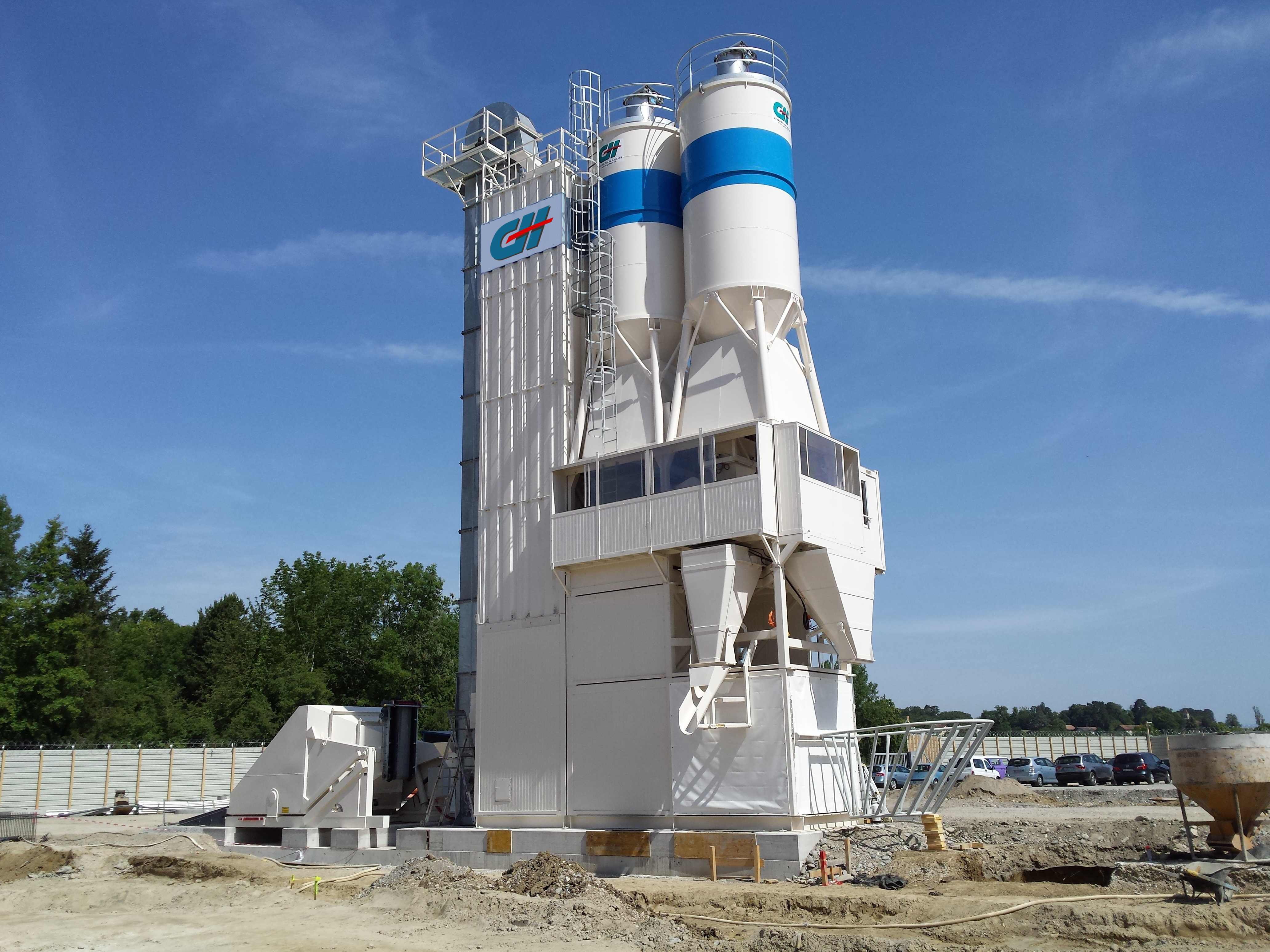|
Odanavattam
Odanavattam is a village in Kollam district in the state of Kerala, India. The village is situated 22 km east from Kollam town and is under the administration of Veliyam panchayath. Odanavattom is near to Edakkidom and Kottarakkara the birthplace of Kathakali. Education There is a Government Senior Secondary school in the town. There are also many private Upper Primary schools in Odanavattam. K.R.G.P.M School is situated here. Odanavattom is near to Edakkidom and Kottarakkara the birthplace of Kathakali IndustriesQuilon Rentalis one of the growing construction equipment rental firm with its function started here in the year 2013. Their feet includes Bobcat E32 Excavator, Bobcat E37 Excavator, Skid Steer Loader, JCB 3DX, Hitachi EX 110 Excavator, Hitachi EX 70 Excavator, Komatsu PC 130 Excavator, Scaffolding, Concrete Machines, Power Tools etc. They also undertake Demolition activities. Tourism Muttara Maruthimala ecotourism is located near Odanavattom. Irupp ... [...More Info...] [...Related Items...] OR: [Wikipedia] [Google] [Baidu] |
States And Territories Of India
India is a federal union comprising 28 states and 8 union territories, with a total of 36 entities. The states and union territories are further subdivided into districts and smaller administrative divisions. History Pre-independence The Indian subcontinent has been ruled by many different ethnic groups throughout its history, each instituting their own policies of administrative division in the region. The British Raj mostly retained the administrative structure of the preceding Mughal Empire. India was divided into provinces (also called Presidencies), directly governed by the British, and princely states, which were nominally controlled by a local prince or raja loyal to the British Empire, which held ''de facto'' sovereignty ( suzerainty) over the princely states. 1947–1950 Between 1947 and 1950 the territories of the princely states were politically integrated into the Indian union. Most were merged into existing provinces; others were organised into ... [...More Info...] [...Related Items...] OR: [Wikipedia] [Google] [Baidu] |
Equipment Rental
Equipment rental, also called plant hire in some countries (in the UK for instance), is a service industry providing machinery, equipment and tools of all kinds and sizes (from earthmoving to Aerial work platform, powered access, from power generation to Power tool, hand-held tools, etc.) for a limited period of time to final users, mainly to construction contractors but also to industry and individual consumers. Renting can be defined as getting equipment for a temporary purpose to help the people who are not willing to buy the equipment. History Equipment rental is a relatively new industry, first developed in Anglo-Saxon countries. It emerged in the UK after the First World War and has now become a multi-billion euro business providing a wide range of construction and industrial equipment for customers globally.The American Rental Association was founded as early as 1955, and the first waves of Consolidation (business), consolidation took place in the 1970s in North America, l ... [...More Info...] [...Related Items...] OR: [Wikipedia] [Google] [Baidu] |
Lok Sabha
The Lok Sabha, constitutionally the House of the People, is the lower house of India's bicameral Parliament, with the upper house being the Rajya Sabha. Members of the Lok Sabha are elected by an adult universal suffrage and a first-past-the-post system to represent their respective constituencies, and they hold their seats for five years or until the body is dissolved by the President on the advice of the council of ministers. The house meets in the Lok Sabha Chambers of the Sansad Bhavan, New Delhi. The maximum membership of the House allotted by the Constitution of India is 552 (Initially, in 1950, it was 500). Currently, the house has 543 seats which are made up by the election of up to 543 elected members and at a maximum. Between 1952 and 2020, 2 additional members of the Anglo-Indian community were also nominated by the President of India on the advice of Government of India, which was abolished in January 2020 by the 104th Constitutional Amendment Act, 2019. The ... [...More Info...] [...Related Items...] OR: [Wikipedia] [Google] [Baidu] |
Mavelikara
Mavelikkara is a taluk and municipality in the ''Onattukara'' region of Alappuzha district in the Indian state of Kerala. Located in the southern part of the district on the banks of the Achankovil River. Etymology The name Mavelikara is believed to be turned out from the words ''Maveli'' or Mahabali, the mythical king of Kerala, and ''Kara'' means land. This land is believed to be the place 'Mattom Mahadeva temple'where king Mahabali knelt before Vamana, offering his head for Vamana to keep his feet. Background The town boasts about a rich historical and cultural background. The Chettikulangara Devi Temple, known for the '' Kumbha Bharani'' festival is located near the municipality. The place is home to one of the 108 Shiva temples of Kerala created by Lord Parashurama, the Kandiyoor Mahadeva Temple. It was also a major centre of trade and commerce in ancient Kerala and the erstwhile capital of the rulers of Onattukara. As a result of the close association with the ... [...More Info...] [...Related Items...] OR: [Wikipedia] [Google] [Baidu] |
Census
A census is the procedure of systematically acquiring, recording and calculating information about the members of a given population. This term is used mostly in connection with national population and housing censuses; other common censuses include censuses of agriculture, traditional culture, business, supplies, and traffic censuses. The United Nations (UN) defines the essential features of population and housing censuses as "individual enumeration, universality within a defined territory, simultaneity and defined periodicity", and recommends that population censuses be taken at least every ten years. UN recommendations also cover census topics to be collected, official definitions, classifications and other useful information to co-ordinate international practices. The UN's Food and Agriculture Organization (FAO), in turn, defines the census of agriculture as "a statistical operation for collecting, processing and disseminating data on the structure of agriculture, covering th ... [...More Info...] [...Related Items...] OR: [Wikipedia] [Google] [Baidu] |
Demolition
Demolition (also known as razing, cartage, and wrecking) is the science and engineering in safely and efficiently tearing down of buildings and other artificial structures. Demolition contrasts with deconstruction, which involves taking a building apart while carefully preserving valuable elements for reuse purposes. For small buildings, such as houses, that are only two or three stories high, demolition is a rather simple process. The building is pulled down either manually or mechanically using large hydraulic equipment: elevated work platforms, cranes, excavators or bulldozers. Larger buildings may require the use of a wrecking ball, a heavy weight on a cable that is swung by a crane into the side of the buildings. Wrecking balls are especially effective against masonry, but are less easily controlled and often less efficient than other methods. Newer methods may use rotational hydraulic shears and silenced rock-breakers attached to excavators to cut or break throug ... [...More Info...] [...Related Items...] OR: [Wikipedia] [Google] [Baidu] |
Power Tool
A power tool is a tool that is actuated by an additional power source and mechanism other than the solely manual labor used with hand tools. The most common types of power tools use electric motors. Internal combustion engines and compressed air are also commonly used. Other power sources include steam engines, direct burning of fuels and propellants, such as in powder-actuated tools, or even natural power sources such as wind or moving water. Tools directly driven by animal power are not generally considered power tools. Power tools are used in industry, in construction, in the garden, for housework tasks such as cooking, cleaning, and around the house for purposes of driving (fasteners), drilling, cutting, shaping, sanding, grinding, routing, polishing, painting, heating and more. Power tools are classified as either stationary or portable, where portable means hand-held. Portable power tools have obvious advantages in mobility. Stationary power tools, however, of ... [...More Info...] [...Related Items...] OR: [Wikipedia] [Google] [Baidu] |
Concrete Mixer
A concrete mixer (often colloquially called a cement mixer) is a device that homogeneously combines cement, aggregate such as sand or gravel, and water to form concrete. A typical concrete mixer uses a revolving drum to mix the components. For smaller volume works, portable concrete mixers are often used so that the concrete can be made at the construction site, giving the workers ample time to use the concrete before it hardens. An alternative to a machine is mixing concrete by hand. This is usually done in a wheelbarrow; however, several companies have recently begun to sell modified tarps for this purpose. The concrete mixer was invented by Columbus, Ohio industrialist Gebhardt Jaeger. History One of the first concrete mixers ever was developed in 1900 by T.L. Smith in Milwaukee. The mixer already exhibited the still common basic construction with a tiltable conical drum (as double cone at that time) with blades. 1925, at least two mixers, built 25 years ago, were still ... [...More Info...] [...Related Items...] OR: [Wikipedia] [Google] [Baidu] |
Scaffolding
Scaffolding, also called scaffold or staging, is a temporary structure used to support a work crew and materials to aid in the construction, maintenance and repair of buildings, bridges and all other man-made structures. Scaffolds are widely used on site to get access to heights and areas that would be otherwise hard to get to. Unsafe scaffolding has the potential to result in death or serious injury. Scaffolding is also used in adapted forms for formwork and shoring, grandstand seating, concert stages, access/viewing towers, exhibition stands, ski ramps, half pipes and art projects. There are five main types of scaffolding used worldwide today. These are tube and coupler (fitting) components, prefabricated modular system scaffold components, H-frame / façade modular system scaffolds, timber scaffolds and bamboo scaffolds (particularly in China and India). Each type is made from several components which often include: * A base jack or plate which is a load-bearing base for the ... [...More Info...] [...Related Items...] OR: [Wikipedia] [Google] [Baidu] |
Excavator
Excavators are heavy construction equipment consisting of a boom, dipper (or stick), bucket and cab on a rotating platform known as the "house". The house sits atop an undercarriage with tracks or wheels. They are a natural progression from the steam shovels and often mistakenly called power shovels. All movement and functions of a hydraulic excavator are accomplished through the use of hydraulic fluid, with hydraulic cylinders and hydraulic motors. Due to the linear actuation of hydraulic cylinders, their mode of operation is fundamentally different from cable-operated excavators which use winches and steel ropes to accomplish the movements. Terminology Excavators are also called diggers, JCBs (a proprietary name, in an example of a generic trademark), mechanical shovels, or 360-degree excavators (sometimes abbreviated simply to "360"). Tracked excavators are sometimes called "trackhoes" by analogy to the backhoe. In the UK and Ireland, wheeled excavators are sometim ... [...More Info...] [...Related Items...] OR: [Wikipedia] [Google] [Baidu] |
Backhoe
A backhoe—also called rear actor or back actor—is a type of excavating equipment, or digger, consisting of a digging bucket on the end of a two-part articulated arm. It is typically mounted on the back of a tractor or front loader, the latter forming a "backhoe loader" (a US term, but known as a " JCB" in Ireland and the UK). The section of the arm closest to the vehicle is known as the boom, while the section that carries the bucket is known as the dipper (or dipper-stick), both terms derived from steam shovels. The boom is generally attached to the vehicle through a pivot known as the king-post, which allows the arm to pivot left and right, usually through a total of 180 to 200 degrees. Description The term "backhoe" refers to the action of the bucket, not its location on the vehicle. That is, a backhoe digs by drawing earth backwards, rather than lifting it with a forward motion like a person shovelling, a steam shovel, or a bulldozer. The buckets on some backhoes may ... [...More Info...] [...Related Items...] OR: [Wikipedia] [Google] [Baidu] |






